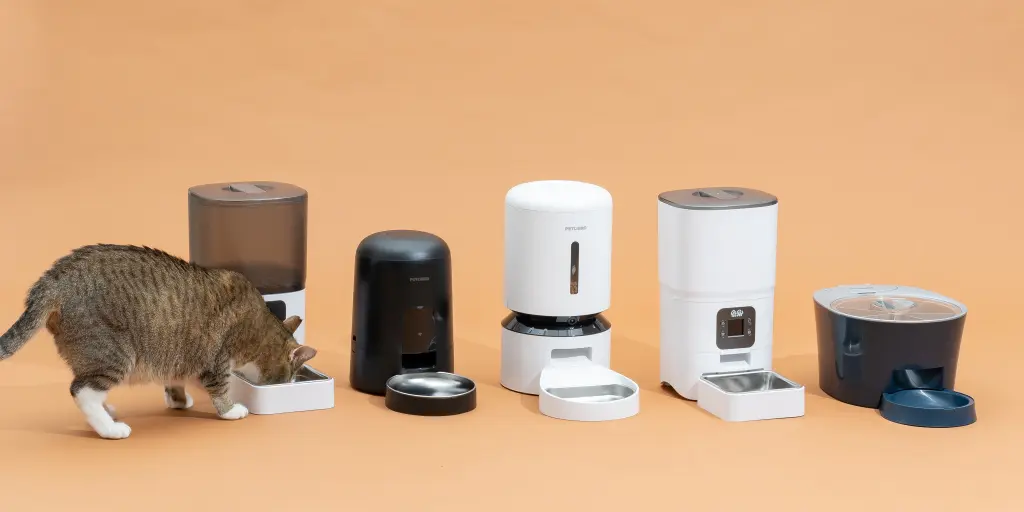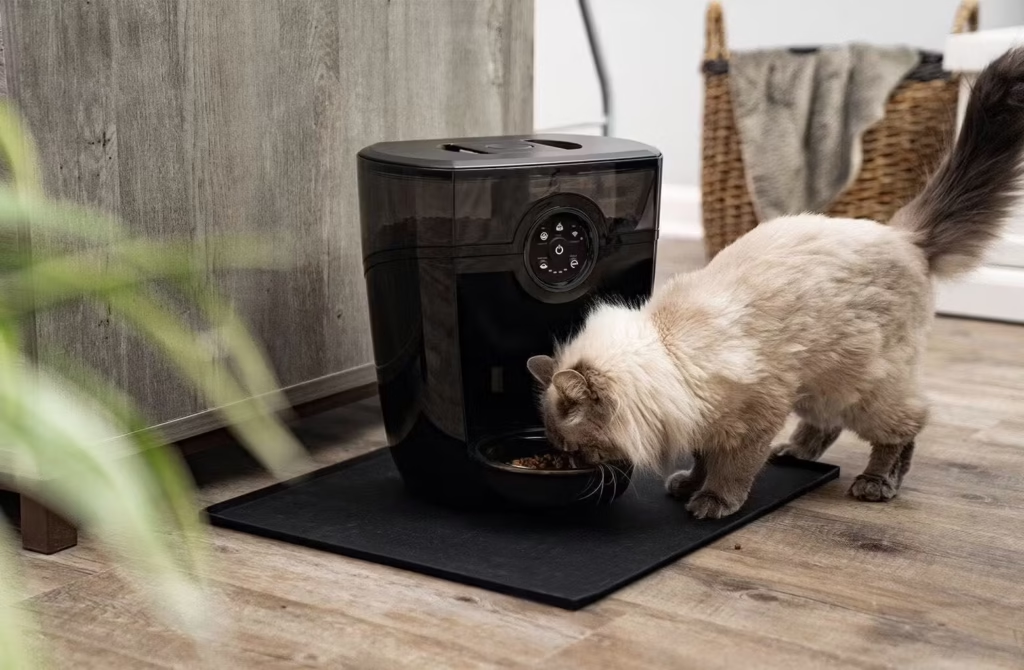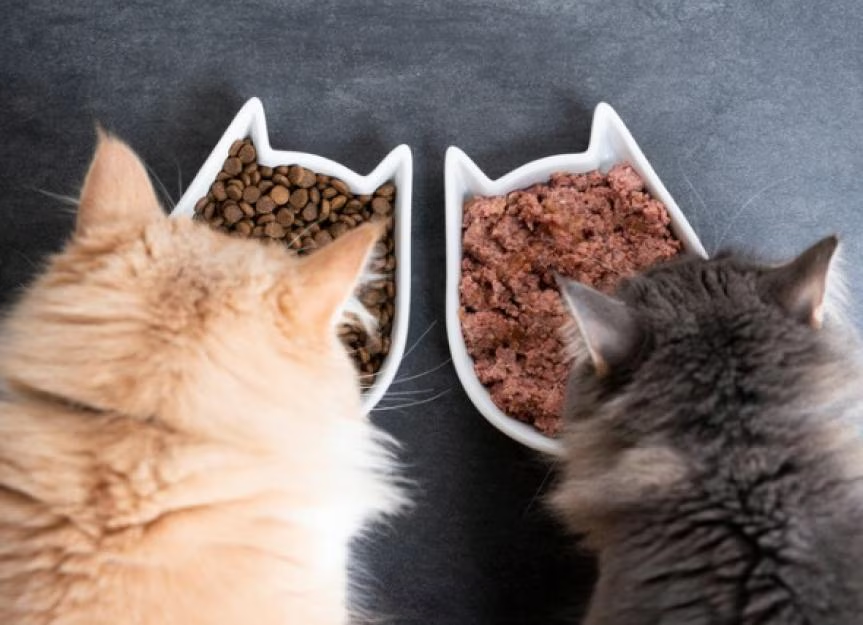How to Train Your Cat to Use an Auto Feeder: A Step‑by‑Step Guide to Smart Feeding Success
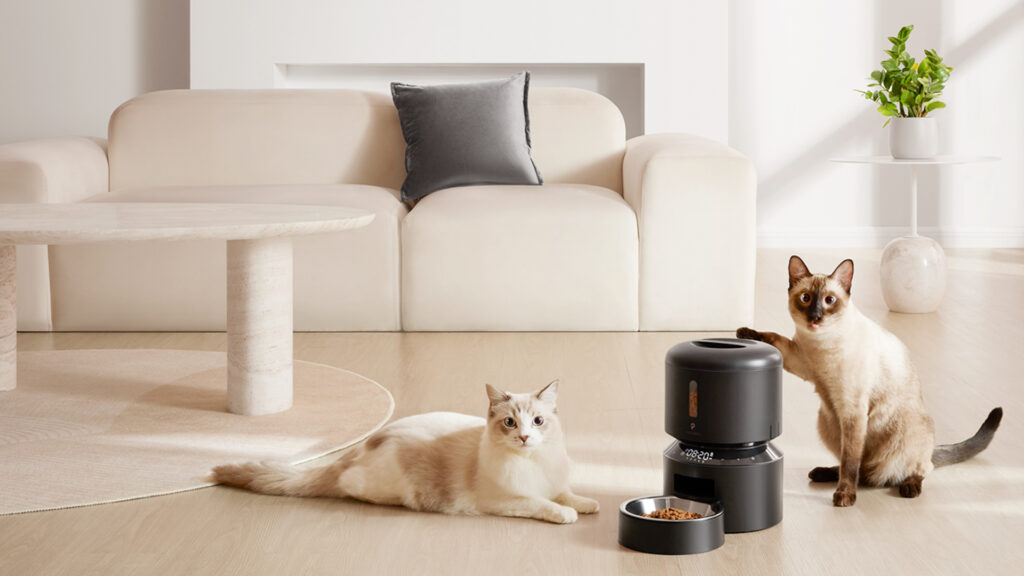
Teaching your cat to use an automatic feeder can save time, reduce morning meowing, and help reinforce healthy eating habits. But introducing a new device too quickly may confuse or scare your feline friend. With this guide—How to Train Your Cat to Use an Auto Feeder—you’ll learn proven techniques that many cat owners and behavior experts recommend, balancing kindness, patience, and consistency.
Why Cats May Resist an Auto Feeder

Unfamiliar object: A brand‑new device in a new spot can seem scary or confusing.
Different noises: The sound of dispensing food may startle sensitive cats.
Smell & temperature: Cold or less aromatic food (like chilled wet food) may be less appealing.
Routine disruption: Cats thrive on predictable meal patterns—changes take adjustment.
Steps to train a cat to use an automatic feeder
1: Keep It Familiar
Start in a space where your cat already eats. If possible, place the auto feeder next to their regular bowl. Some trainers even suggest placing the standard bowl on top of the feeder, or simply feeding from that bowl while it’s sitting on the feeder device. This helps your cat link the machine with food rather than a stranger.
2: Establish Predictability
Feed at the same time each day—initially without auto‑feeder action. Then schedule the feeder to dispense at the same time you’re feeding manually. This predictable routine reinforces the idea: “When the feeder makes its sound, it’s time to eat.”
3: Make It Worth Their While
Use high‑value treats or favorite kibble in the feeder during early training. Even mix dry food with wet toppers or Churu treats to boost scent and appeal. Some feeders with refrigeration or ice packs reduce aroma, so warming food slightly or starting without cool packs can help draw interest.
4: Go Slowly — One Step at a Time
Rather than expecting immediate acceptance, break training into smaller phases:
Feed near the feeder
Offer part of a meal from its tray
Transition more feedings into the auto feeder gradually
Continue manual feeding alongside until cat reliably uses automated portions.
5: Use Positive Reinforcement (and Never Punishment)
Training should be reward-based. When your cat interacts positively—sniffs it, eats from it—offer praise or additional treats. Avoid scolding or withholding meals: cats can be very sensitive and withholding food risks medical issues.
6: Leverage Environmental Cues
Some cats respond best when they learn to associate a cue—like a sound or vibration—with mealtime. One creative tip shared on forums: place a vibrating device near the feeder to signal it’s time to eat. That physical cue helps especially for deaf or deeply sleeping cats.
7: Build a “Trail” to the Feeder
Reddit users suggest laying kibble in a gradual trail leading to the feeder, encouraging curiosity and guiding your cat toward it voluntarily.
8: Monitor Behavior and Adjust
Watch for signs of stress: avoiding the feeder, vocalizing more, or selective eating. If training stalls, pause and rethink strategies. Maybe try another food type or place the feeder in a quieter corner. Each cat progresses uniquely.
9: Feeding Schedules Matter
Cats eat small meals frequently. Experts recommend feeding no more than 8 hours apart—often 3–5 times daily—to manage hunger and prevent over‑gorging. An auto feeder is perfect for spacing meals consistently.
10: Training Deaf or Highly Sensitive Cats
If your cat doesn’t respond to sound, try training with motion or vibration cues. Start with short, consistent exposures where the feeder opens and your cat sees food, paired with petting or praise. Repeat until they form the connection.
11: Avoid Starving or Withholding Food
Never deprive a cat to force use of the feeder. That is unsafe and counterproductive. If training fails, continue manual feeding, and consult a vet or behavior specialist if needed. Your cat’s well‑being is always top priority.
12: Reward Consistent Use
Once your cat uses the feeder independently, reward consistency. Sprinkle kibble by hand immediately after the feeder dispenses to reinforce, or deliver a treat later to show that using the feeder leads to positive outcomes.
13: Troubleshoot Common Problems
Feeder noise scares cat: introduce slowly, or mask noise with soothing background sounds.
Food falls awkwardly: ensure feeder settings and location are comfortable.
Multiple cats fighting over access: consider separate feeders or feeding stations to reduce competition.
Behavioral Benefits of Training
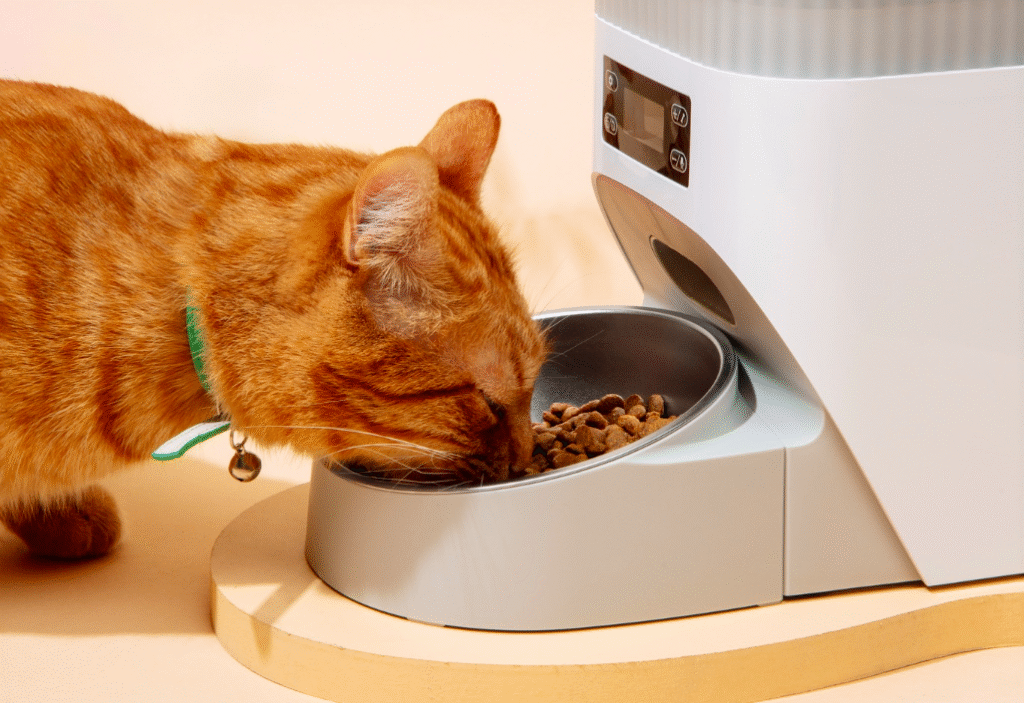
- Less begging and early‑morning waking
- Reduced food anxiety in unsettled environments
- Better weight management via portion control
- Reliable feeding when you’re away or busy
Sample Training Timeline (2‑Week Plan)
| Day(s) | Activity |
|---|---|
| 1–2 | Place feeder beside regular bowl. Feed manually near it. |
| 3–4 | Scatter a trail of kibble leading to the feeder. |
| 5–6 | Schedule one meal via feeder while still feeding manually. |
| 7–8 | Gradually increase auto‑feeder portions and decrease manual meals. |
| 9–10 | Observe independently safe use; give praise or small rewards after automatic dispense. |
| 11–14 | Fully transition to scheduled auto‑feeder meals; only use manual feeding for exceptions. |
Real‑World Advice from Trainers & Owners
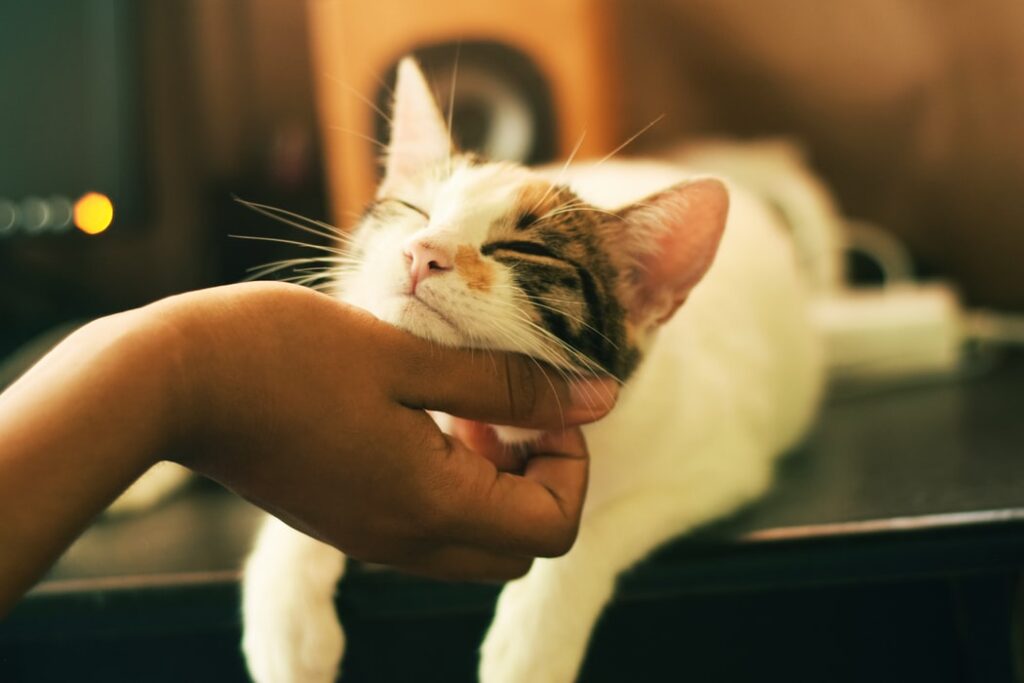
Cat behavior consultants recommend combining auto-feeder introduction with familiar feeding rituals and strong reinforcement.
Owners report that patience and slow progression—along with using favorite treats—helped their cats accept feeders within days.
A Reddit user noted success by placing the feeder next to her cat’s usual bed, letting it open in her presence until the cat noticed it. From there, she learned to approach when hungry.
Mistakes to Avoid
- Rushing the process: Forcing too fast leads to fear or refusal.
- Ignoring preferences: Some cats may dislike cold or robotic-sounding feeders. Try warming food or covering noise.
- Neglecting feeding frequency: Even great feeders can’t replace small, frequent portions.
Final Thoughts
How to Train Your Cat to Use an Auto Feeder is about combining routine, reward, and respect. With thoughtful pacing, consistent cues, and positive reinforcement, most cats learn to trust and enjoy their new feeding device. You’ll reduce stress—for both pet and owner—while keeping meals timely and tidy.

